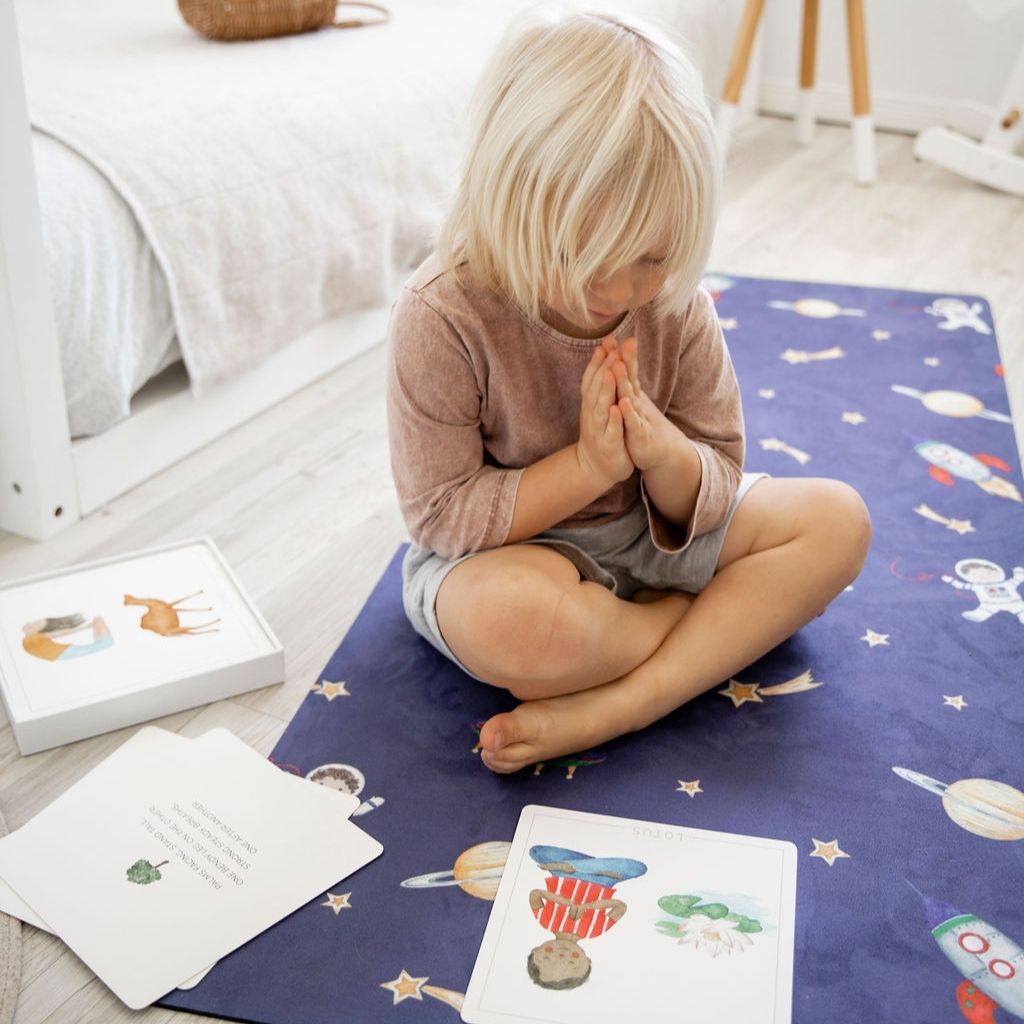In the constantly changing world of child development, accepting neurodiversity is essential. Children suffering from conditions such as ADHD or autism require environments that support their unique talents and allows them to flourish. This is where the synergy of ADHD support, autism sensory play, sensory integration toys, and mindful toys for kids comes into play. Caretakers and educators can enrich their children’s lives by integrating these components into daily activities.

ADHD Support for Children: Enhancing focus and confidence
Children suffering from ADHD may have difficulty focusing or regulating their impulses. In order to provide the best support it is essential to use strategies that stimulate their minds and respect their uniqueness. Toys that promote mindfulness and peace in children can be an excellent aid. These toys provide an experience of touch that can help calm restlessness while instructing children to shift their attention with deliberate intention. The practice of mindfulness can aid in managing ADHD symptoms and teach children valuable life skills including emotional regulation, stress reduction, and stress management.
Autism Sensory Play: Nurturing Expression and Exploration
Sensory experiences can be stimulating as well as difficult for children who have autism. Autism sensory play involves the creation of an environment that engages the senses and helps in the development of essential abilities. Sensory integration toys play a crucial part in this process. These toys are designed to use multiple senses simultaneously, promoting sensory exploration along with coordination and learning. Through the use of auditory, tactile and even visual interactions children learn to comprehend their surroundings and share their experiences. Autism sensory play empowers children to express themselves and build confidence in themselves.
Sensory Integration Toys Help in Building Bridges to Child Development
Sensory integration tools act as a bridge that connects children to the world. They come in various sizes, textures and shapes to address a variety of motor skills as well as senses. They allow children to adapt and explore the sensory input. They also aid in the development of sensors and processing abilities. Sensory integration toys have three major advantages:
1. Enhanced Perception Sensory Integration Toys help expose children to different sensory experiences, sounds, and visual clues. The exposure stimulates their brains to process sensory information more effectively, improving their ability to respond to stimuli that occur in everyday situations.
2. Improved Motor Skills – Many of these sensory toys are a challenge to handle without fine motor skills and coordination between the eye and the hand. They aid children in developing their motor and dexterity which can lead to better physical control and confidence.
3. Multisensory toys are able to stimulate various brain areas simultaneously. This interaction contributes to the development of cognitive abilities by enhancing connections between neural pathways and enhancing creativity and problem-solving skills.
Mindful Toys for Kids: Creating Calmness and Concentration
The idea of mindfulness has gained prominence because of its effect on our emotional well-being. Children’s mindful toys incorporate mindfulness into the games to encourage children to remain focused and in the moment. These toys usually involve activities that require a lot of concentration. Examples include coloring, puzzles or a guided relaxing. These types of activities allow children to concentrate their attention and focus to the task at hand, which can be beneficial for them both academically and socially.
It’s crucial to emphasize the whole-of-life approach developed by the interplay of autism-specific sensory toys as well as mindful toys for children and ADHD assistance. These elements don’t function in isolation; rather, they form a cohesive strategy to meet the varied requirements of children with neurodiverse needs. Through incorporating sensory play and mindful activities in daily routines, parents create an environment that addresses cognitive, emotional, and sensory needs at the same time.
In conclusion, the process of supporting children with ADHD and autism involves embracing their strengths and weaknesses. By integrating sensory play, the use of sensory-integration equipment, as well mindfulness practices, educators and caregivers can create a space that encourages improvement on multiple levels. If it’s encouraging self-expression, improving the processing of sensory information, or encouraging awareness, all of these are essential to a holistic method of fostering child growth. Through unlocking the potential of these methods, we open the way for a brighter future for all children regardless of their neurodiversity.

